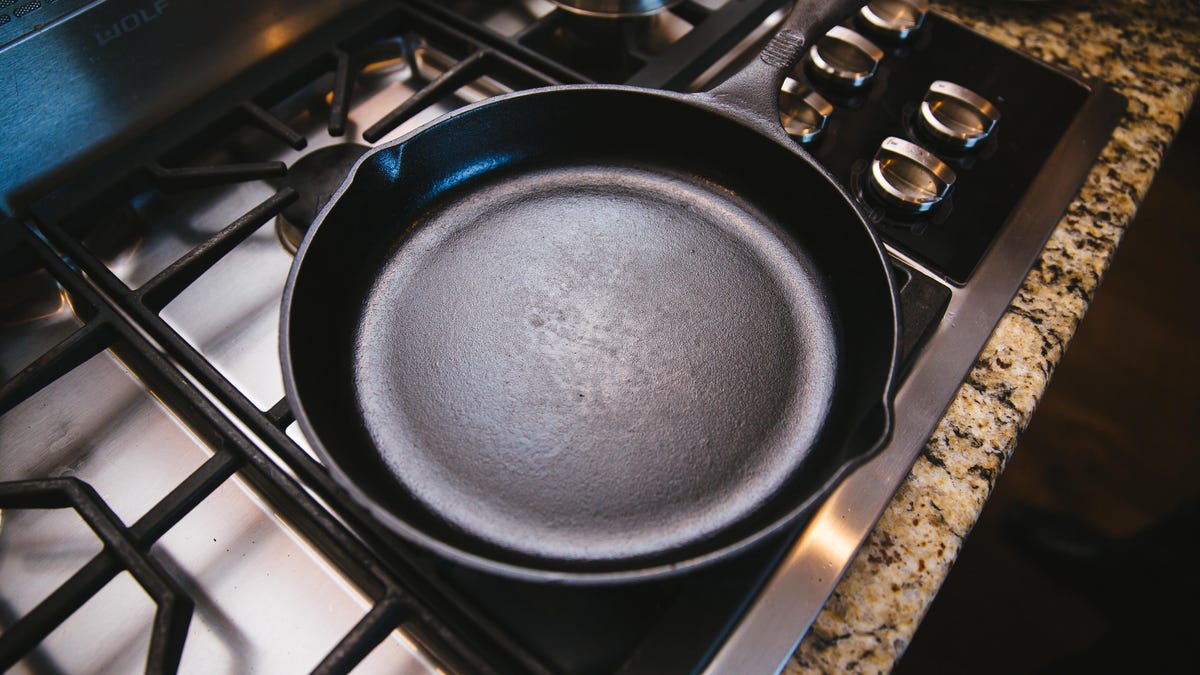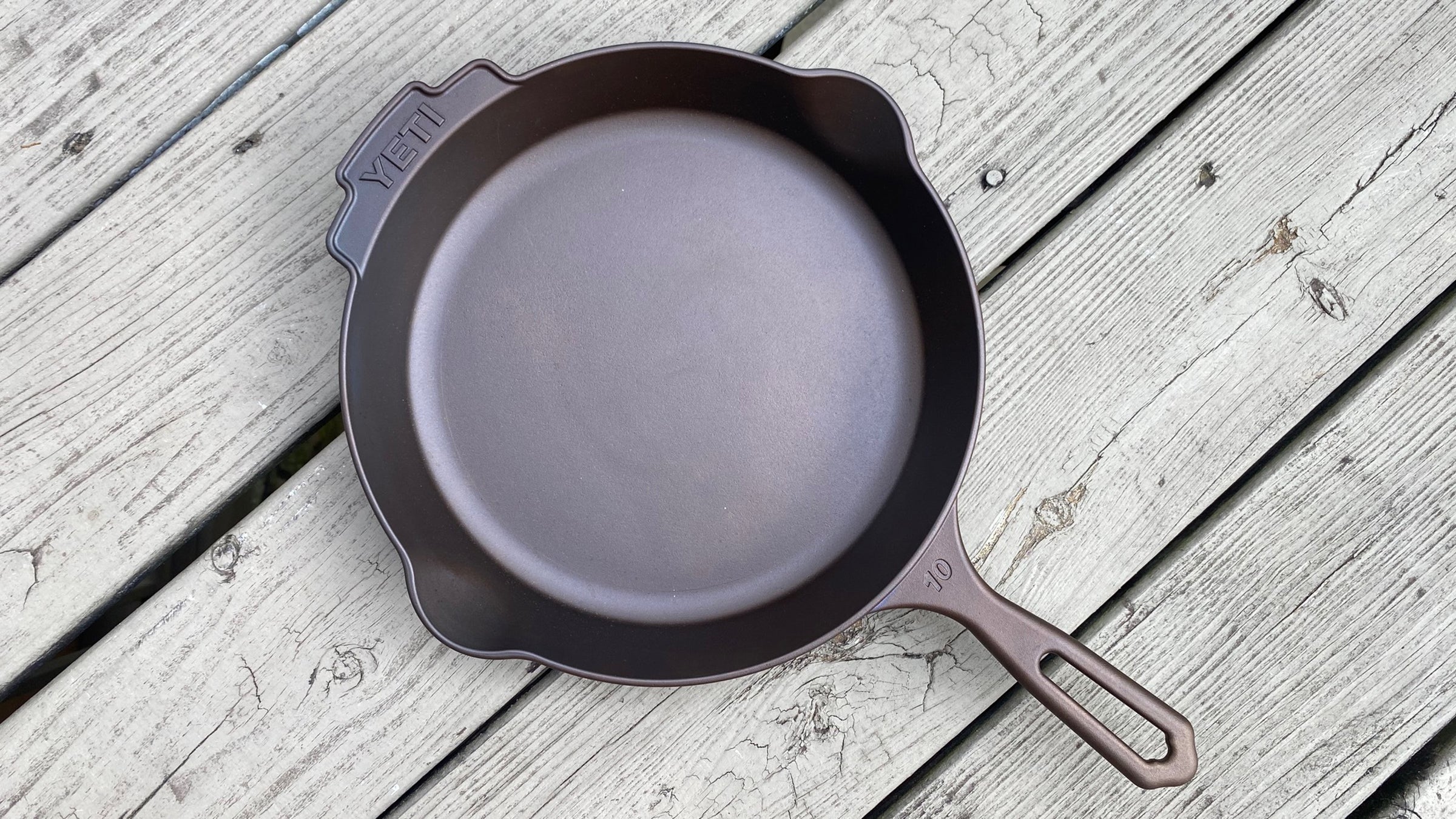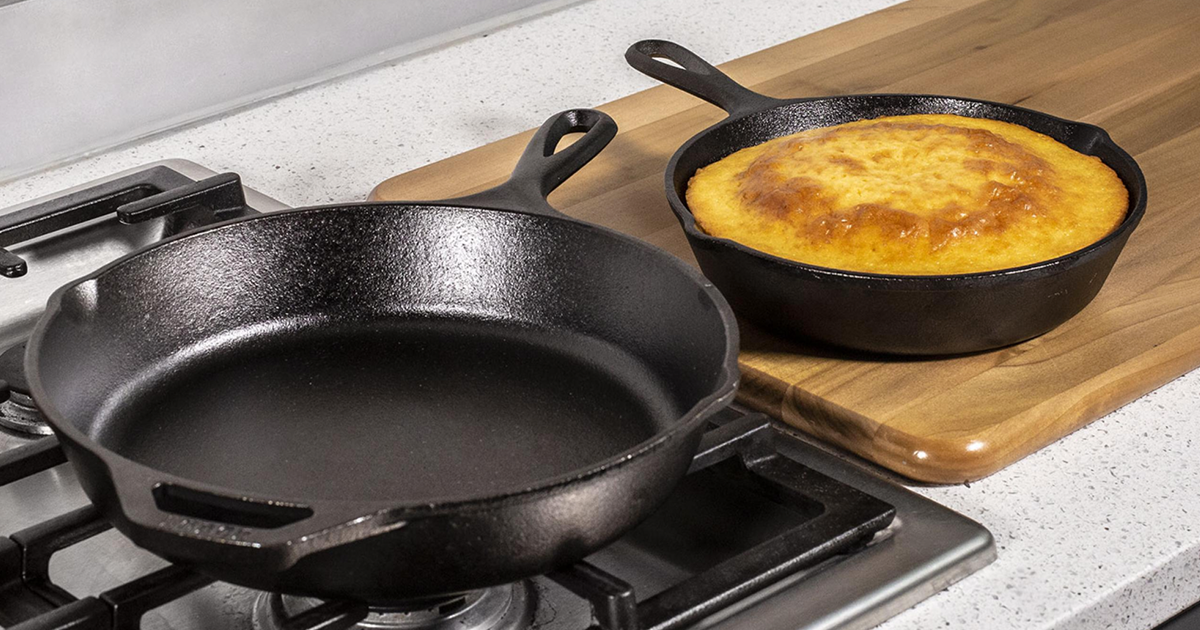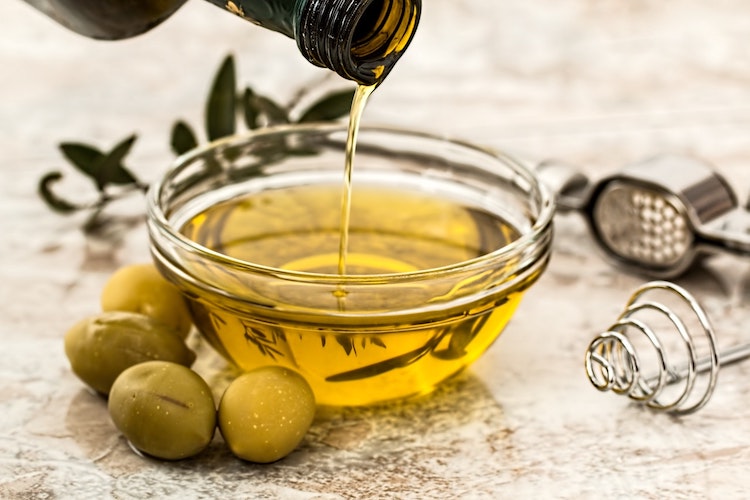If youre a culinary enthusiast eager to learn how to reroast almonds in a skillet, youve come to the right place! Reroasting almonds not only brings out their inherent flavors but also improves their texture, making them a fantastic snack or ingredient to elevate your dishes. Mastering this technique is crucial for all cooking applications and can greatly enhance your culinary creations.
Almonds are incredibly versatile, and while their raw form is delightful, the real transformation occurs during roasting. The deep, nutty scent and the satisfying crunch that comes from perfectly roasted almonds can redefine your culinary experience. So, lets explore the art of reroasting almonds!

Essential Tools for Reroasting Almonds in a Skillet
Before diving into the cooking process, ensure you have these essential tools:
- 1. A quality skillet: Choosing the right skillet is vital for even roasting. A heavy-bottomed skillet allows heat to distribute uniformly.
- 2. Almonds: Select either whole or sliced almonds based on what your recipe requires.
- 3. Cooking oil: While optional, a light drizzle of oil can enhance the almonds' flavor.
- 4. Salt and spices: To boost flavor, consider adding sea salt, garlic powder, or even chili pepper.
A Step-by-Step Guide to Perfectly Reroasting Almonds in a Skillet
Heres a clear step-by-step guide designed for culinary enthusiasts keen to master how to reroast almonds in a skillet:
Step 1: Preheat Your Skillet
Start by heating your skillet over medium flame. Its essential to warm the skillet before adding almonds to ensure even roasting and prevent burning. A non-stick skillet can be particularly helpful in this process.
Step 2: Introduce the Almonds
Once your skillet is hot, add in the almonds. If youre opting for oil, drizzle it lightly over them. Stir the almonds frequently with a wooden spoon to prevent sticking and achieve an even roast. This should take about 5 to 10 minutes, depending on your preferred roast level.
Step 3: Watch for Color and Aroma
Observe the transformation of your almonds as they turn a beautiful golden brown, releasing a rich, nutty fragrance throughout your kitchen. This is your signal to prepare for the next step.
Step 4: Season to Perfection
As the almonds finish roasting, seize this moment to season them. Sprinkle on salt or any spices you like for the final touch. Give them a good toss to ensure even coverage.
Step 5: Take Them Off the Heat
When the almonds have reached the perfect roast, transfer them to a plate to cool down. Be careful, as the residual heat will continue to cook them. Allowing them to cool contributes to their ideal crunchiness.
Avoiding Common Mistakes When Reroasting Almonds
Every culinary expert understands that learning from mistakes is key to improvement. Here are some common errors to steer clear of while mastering how to reroast almonds in a skillet:
- Avoid Overcrowding: Placing too many almonds in the skillet can lead to steaming rather than roasting, resulting in uneven cooking.
- Regular Stirring is Crucial: Stirring helps avoid burning. Almonds require just a few minutes, so keep them in motion!
- Dont Skip the Cooling Step: Allowing almonds to cool is vital for flavor and texture, skipping this can lead to a soggy outcome.
Tips for the Ultimate Roast
For those striving for the perfect roasted almond, consider these valuable tips:
- Experiment with Flavors: Dont hesitate to try different spices! Incorporating smoked paprika or cayenne pepper can introduce an exciting kick.
- Maintain Ideal Heat: Keep your heat on medium; excessively high temperatures can cause burning, while too low can hinder proper roasting.
- Explore Almond Varieties: Try blanched, sliced, or even honey-roasted almonds for unique flavors and appearances.

Frequently Asked Questions (FAQ)
1. Can I roast almonds without oil?
Yes! Roasting almonds without oil is perfectly fine. They will cook effectively, although oil can enhance flavor and help seasonings stick better.
2. How should I store leftover roasted almonds?
Keep roasted almonds in an airtight container stored in a cool, dry area. When stored correctly, they can last for several weeks.
3. Can I reuse the skillet for other dishes?
Definitely! A well-seasoned skillet is quite versatile and can be employed for various meals. For cleaning tips, check out this helpful guide on cleaning your skillet.
As an Amazon Associate, I earn from qualifying purchases.






Leave a comment
This site is protected by hCaptcha and the hCaptcha Privacy Policy and Terms of Service apply.